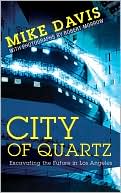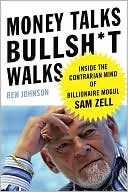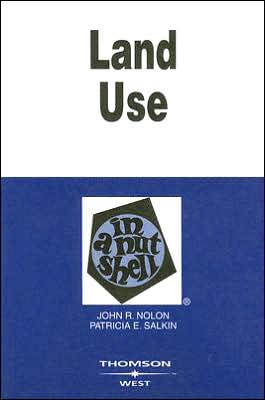Reshaping the Built Env, P
<p>Because of the profound effects of the built environment on the availability of natural resources for future generations, those involved with designing, creating, operating, renovating, and demolishing human structures have a vital role to play in working to put society on a path toward sustainability.<p>This volume presents the thinking of leading academics and professionals in planning, civil engineering, economics, ecology, architecture, landscape architecture, construction,...
Search in google:
<p>Because of the profound effects of the built environment on the availability of natural resources for future generations, those involved with designing, creating, operating, renovating, and demolishing human structures have a vital role to play in working to put society on a path toward sustainability.<p>This volume presents the thinking of leading academics and professionals in planning, civil engineering, economics, ecology, architecture, landscape architecture, construction, and related fields who are seeking to discover ways of creating a more sustainable built environment. Contributors address the broad range of issues involved, offering both insights and practical examples. In the book:<ul> <li>Stephen Kellert describes the scope of the looming ecological crisis <li>Herman Daly explains the unsustainability of the world's economic system and the dangers inherent in the current movement toward globalization <li>John Todd describes the evolution of wastewater processing systems inspired by natural systems <li>John Tillman Lyle discusses the importance of landscape in the creation of the human environment <li>Randall Arendt argues for a fundamental shift in land development patterns that would not only provide for more green space in new developments, but would also increase the profitability of developers and the quality of life for new home owners <li>Thomas E. Graedel proposes the application of lessons learned from the emerging science of industrial ecology to the creation of "green" building.<p></ul> While the transition to sustainability will not be easy, natural systems provide abundant models of architecture, engineering, production, and waste conversion that can be used in rethinking the human habitat and its interconnections. This volume provides insights that can light the way to a new era in which a reshaped built environment will not only provide improved human living conditions, but will also protect and respect the earth's essential natural life-support systems and resources.
ForewordPrefaceCh. 1Introduction1Ch. 2The Promises and Limits of Sustainability9Ch. 3Ecological Challenge, Human Values of Nature, and Sustainability in the Built Environment39Ch. 4Environmental Ethics54Ch. 5Uneconomic Growth and the Built Environment: In Theory and in Fact73Ch. 6Introduction to Renewable Energy Technologies89Ch. 7Environmentally Responsible Building Materials Selection117Ch. 8Ecological Design, Living Machines, and the Purification of Waters131Ch. 9Landscape: Source of Life or Liability151Ch. 10Construction and Demolition Waste: Innovative Assessment and Management176Ch. 11Building Values195Ch. 12Architecture as Pedagogy212Ch. 13Biourbanism and Sustainable Urban Planning219Ch. 14Creating Greener Communities Through Conservation Subdivision Design232Ch. 15Environmentally Superior Buildings from Birth to Death259Ch. 16Environmental Performance of Buildings: Setting Goals, Offering Guidance, and Assessing Progress276Ch. 17The Chicago Brownfields Initiative295Ch. 18Sustainable New Towns and Industrial Ecology310About the Contributors341Index347








